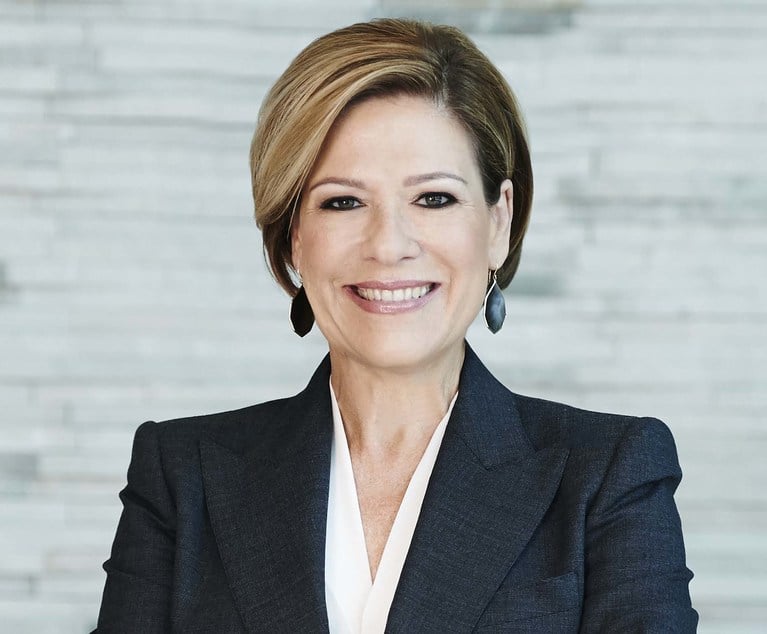LOS ANGELES—Anyone investing in commercial real estate has a sense of what cap rate means. Sellers want to sell at the lowest cap rate possible. Buyers want the highest cap rate they can get without sacrificing security. But how does Cap rate really affect the risk of an investment? The exclusive column below by Chad Kurz, a managing partner at Matthews Retail Group Inc., answers just that.
The views below are the author's own.
In order to simplify decision-making for investors, I'll break it down to a tried-and-true methodology in its simplest terms.
The capitalization rate (Cap rate) is the rate of return on the expected net income the property will generate based on the purchase price. The cap rate is the market's assumption of presumed risk of that investment compared to alternative investments. Often the cap rate offers investors an easy method of calculating the risk associated with owning one asset as compared to another asset or multiple assets.
When considering a potential asset investment, there are a number of different means by which to separate the wheat from the chaff. Cap rate holds the essence of that assessment. So, let's look at how you can better evaluate the risk of your investments. Many factors play an important role in determining the level of risk associated with an asset.
Ten of the most common include:
- Macroeconomics
- Strength of the tenant (guarantee of the lease)
- Lease term remaining
- Location
- Rent compared to market
- Store performance
- Lease type
- Rental increases
- Microeconomics
- Store prototype
Keep in mind that the Cap rate will be clearly defined next to most listings. However, as an example, let's use a real-world scenario to illustrate how to calculate risk and how it affects the price by just looking at the Cap rate using the Cap rate formula (Cap Rate = Annual Net Operating Income / Price).
- Property one: A newly constructed McDonald's with 20 years remaining on a corporately guaranteed NNN lease with 10% rental increases every five years. This property is listed for $2.2 million and provides $100,000 of net operating income per year. 4.50% Cap Rate = $100,000 / $2.22 million
- Property two: An old Pizza Hut restaurant with eight years remaining on a small franchisee guaranteed NNN lease with 5% rental increases every five years. The Pizza Hut is listed at $1.25 million in a tertiary market and provides $100,000 of net operating income per year. 8.00% Cap Rate = $100,000 / $1.25 million
Although both assets offer the same current net operating income, the McDonald's property would sell for almost $1 million dollars more than the Pizza Hut. Why? Because in this scenario, the market perceives a far greater risk of owning the Pizza Hut compared to the McDonald's.
Calculating Cap rate can shed light on an investment and how attractive it is as an addition to your portfolio. But it's also important to consider current and forecasted market conditions. Oftentimes, the perception of risk in an asset can be reality or can become reality. An experienced broker helps an investor by guiding them toward the best investment based on a complex analysis of all the factors, as well as experience following the trends within a particular retail vertical and understanding of the regional financial climate.
Being well-versed in the fundamentals of Cap rate and how to assess risk gives an investor the edge in choosing the right broker and understanding the complete risk assessment the skilled broker will provide.
Review of the fundamentals:
- Investment properties are evaluated based on Cap rate (capitalization rate)
- Cap rate is the market's perceived assumption of risk related to an asset
- The riskier the asset, the higher the cap rate
- The safer the asset, the lower the cap rate
- Perceived risk is often times the real risk
- A multitude of other factors can effect risk, and a good broker will provide quality advice on the best investments that fit your business plan
Continue Reading for Free
Register and gain access to:
- Breaking commercial real estate news and analysis, on-site and via our newsletters and custom alerts
- Educational webcasts, white papers, and ebooks from industry thought leaders
- Critical coverage of the property casualty insurance and financial advisory markets on our other ALM sites, PropertyCasualty360 and ThinkAdvisor
Already have an account? Sign In Now
© 2024 ALM Global, LLC, All Rights Reserved. Request academic re-use from www.copyright.com. All other uses, submit a request to [email protected]. For more information visit Asset & Logo Licensing.








